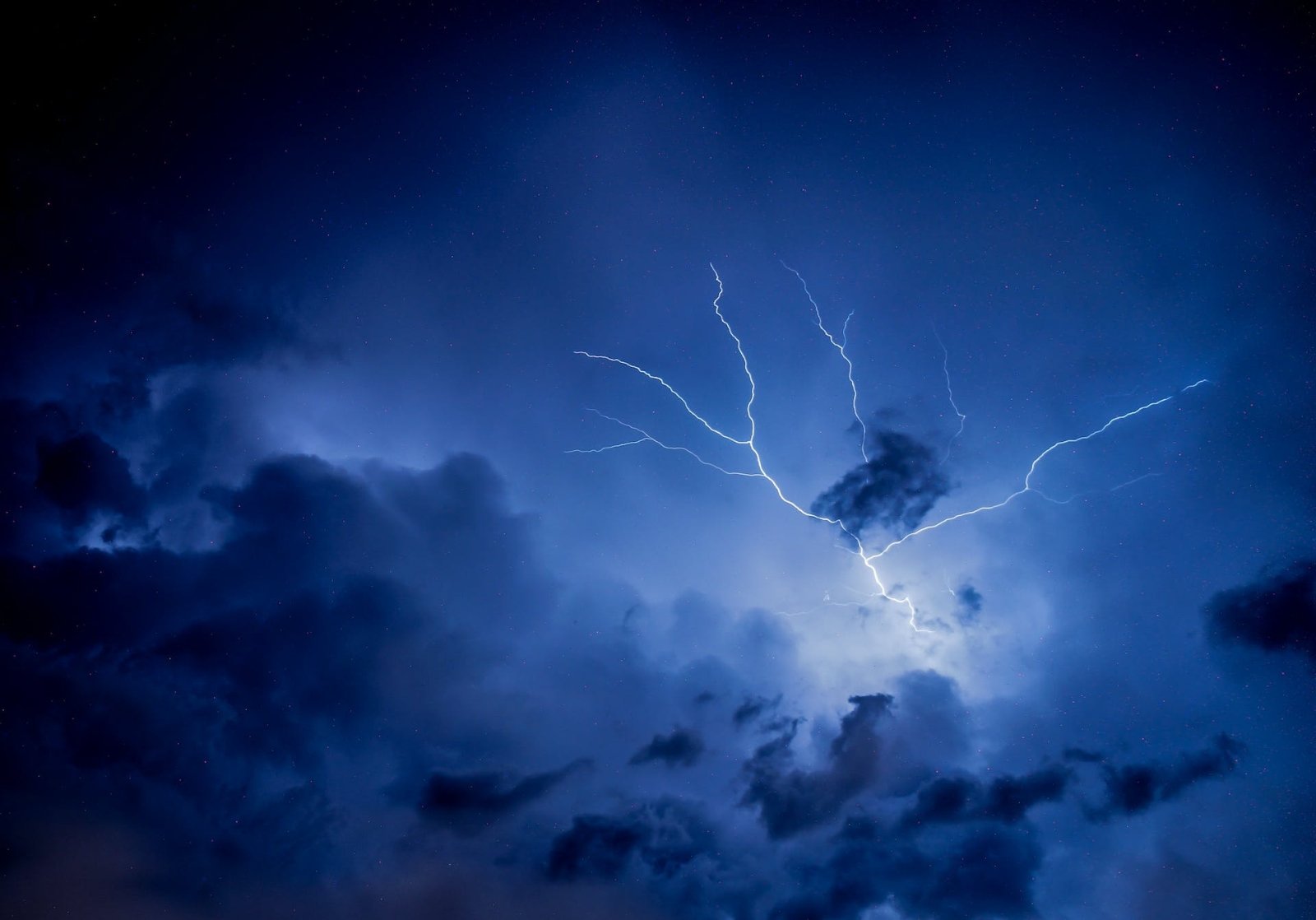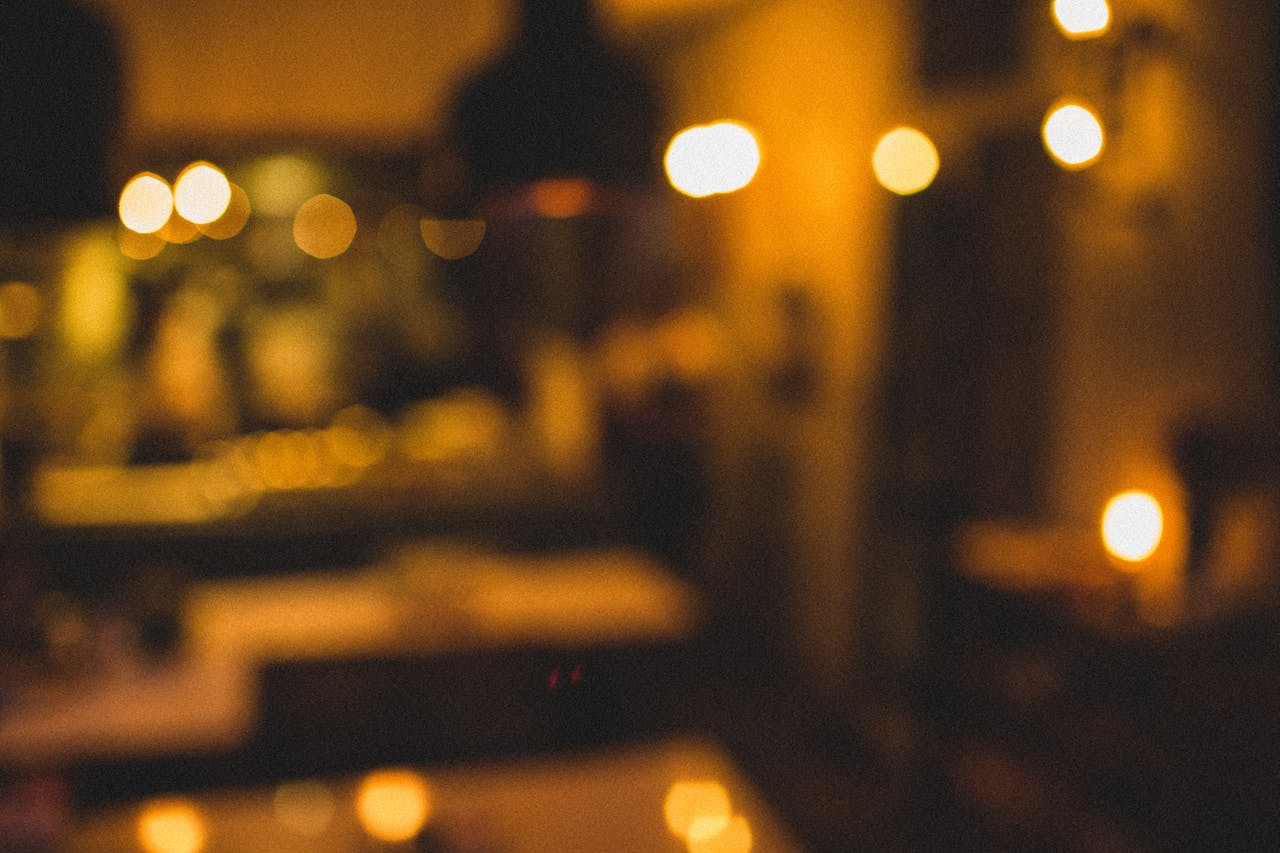Disaster Preparedness in the Philippines: Planning Ahead for the Unexpected.
The Philippines is a beautiful archipelago with stunning beaches, lush forests, and vibrant cities. However, it is also located in one of the most disaster-prone regions in the world, facing frequent threats of typhoons, earthquakes, volcanic eruptions, and floods. Being prepared for these disasters is not just about ensuring safety during the event but about securing your family’s well-being in the days and weeks that follow.
In this comprehensive guide, we’ll explore the different disaster scenarios, safety planning, food storage tips, and the importance of having a portable power backup like Hubz Power for critical times when power lines are down. By planning ahead, you can minimize the impact of these disasters on your home and loved ones, ensuring you’re ready for any situation.
Common Disaster Scenarios in the Philippines
Before diving into preparedness strategies, let’s explore some of the most common natural disasters the Philippines faces. Understanding these risks will allow you to tailor your plans to the specific threats in your area.
- Typhoons and Flooding
Typhoons are an annual reality for the Philippines, with the country experiencing an average of 20 typhoons each year. The intense rain and wind from typhoons often lead to widespread flooding, especially in low-lying areas.
In recent years, we’ve seen storms like Typhoon Yolanda (Haiyan) and Yagi wreak unimaginable havoc, displacing millions of people and cutting off power and communication lines for weeks. While some typhoons are manageable, a super typhoon can leave communities stranded with limited access to food, water, and electricity.
- Earthquakes
The Philippines sits on the Pacific Ring of Fire, making it prone to frequent seismic activity. Earthquakes can occur unexpectedly, and though many are minor, the risk of a major earthquake is always present. When strong earthquakes occur, they can trigger landslides, damage buildings, and cause tsunamis along coastal areas.
- Volcanic Eruptions
The country has several active volcanoes, including Mount Mayon, Taal, and Mount Pinatubo. While volcanic eruptions are less frequent than other disasters, they can be devastating when they happen. Eruptions can lead to widespread ashfall, which can damage infrastructure, contaminate water supplies, and pose serious health risks.
- Power Outages
In the wake of any major disaster, power outages are almost inevitable. These can last for hours, days, or even weeks, depending on the severity of the damage to infrastructure. Power is essential for communication, food preservation, and medical needs, so having a backup plan is crucial.
Safety Planning for Your Family
Disasters often strike without warning, so it’s essential to have a safety plan in place that you and your family can execute immediately when needed.
- Emergency Communication Plan
One of the most critical aspects of disaster preparedness is being able to communicate with your loved ones during a crisis. As mobile networks may be down, discuss alternative ways to stay in touch. Make sure all family members know how to use communication apps that work offline (e.g., Zello) and agree on a meeting place if you're separated.
- Local and International Contacts: Ensure that each family member has a list of local and international contacts written down, in case mobile devices aren’t working.
- Family Communication Tree: Establish a family communication tree, identifying who calls whom and who will check in on vulnerable members like the elderly.
- Create an Evacuation Plan
In some cases, staying at home is not an option. Prepare an evacuation plan that includes:
- Designated safe zones: Know the nearest evacuation centers in your community. These are typically schools, churches, or government buildings.
- Escape routes: Have multiple routes in mind for getting out of the house or leaving the area, in case roads are blocked.
- Emergency kits: Have a go-bag ready for each family member with essentials (more on this later).
- Designate a Safe Area in Your Home
If leaving isn’t an option, designate a safe area in your home where your family can stay during the disaster. For typhoons, choose a room without windows that’s located on a higher level to avoid floodwaters. For earthquakes, identify sturdy furniture or door frames where you can take cover.
The Importance of Food Storage
During disasters, access to food supplies may be limited, especially in the days following the event. Preparing a food storage plan can keep your family sustained until help arrives or the situation stabilizes.
- Stockpile Non-Perishable Food
Focus on building a stockpile of non-perishable items that can last at least a few weeks without spoiling. Ideally, your stockpile should include:
- Canned goods: Beans, soups, vegetables, and fish like sardines or tuna.
- Dry goods: Rice, pasta, oats, and cereals that can be easily cooked with minimal resources.
- Snacks: Crackers, energy bars, and nuts that provide calories in a pinch.
Store these items in a cool, dry place, and rotate them periodically to ensure nothing expires.
- Water Supply
Water is just as essential as food, especially in the hot and humid climate of the Philippines. It’s recommended to store at least 1 gallon of water per person per day. Keep enough for at least three days, but ideally for a week or more if possible.
Consider investing in water purification tablets or a filtration system to make any water source potable if supplies run low.
- Cooking and Heating Without Power
If you lose power, you’ll need alternative methods for cooking and heating food. A portable stove or butane burner is a valuable asset during emergencies, and they’re relatively easy to store and use. Just make sure to have enough fuel on hand to last the duration of the crisis.
Medical Supplies and First Aid
Access to medical care might be delayed during or after a disaster, so having a well-stocked first aid kit is crucial. In addition to the basics like bandages, antiseptic wipes, and gauze, make sure your kit includes:
- Prescription medications (enough for at least a week)
- Over-the-counter pain relievers
- Burn creams and antihistamines
- Water purification tablets
- Basic surgical tools like tweezers, scissors, and gloves
Keep a list of emergency contacts for local hospitals and clinics, and know the quickest route to the nearest medical center.
Portable Power: hubz One A Critical Backup Plan
When disaster strikes, one of the first things to go is the power supply. In the Philippines, where typhoons and floods can knock out power for days or even weeks, having a portable power source like Hubz Power can be a game-changer.
- Power for Communication Devices
Maintaining communication is critical during a disaster, and without power, your phone, radio, or other devices will run out of battery fast. A portable solar generator can keep these essential devices charged, ensuring that you can stay in touch with loved ones or emergency services.
- Power for Refrigeration
Keeping your food fresh is a major challenge when the power goes out. A portable power station can help keep your refrigerator running, preventing your perishable goods from spoiling.
- Tip: In emergencies, limit the number of times you open your fridge or freezer to retain as much cold air as possible.
- Power for Medical Devices
If someone in your family relies on medical devices like oxygen machines, a portable power source is essential. With a solar-powered generator, you can ensure that these life-saving devices remain operational, even if the grid is down.
- Outdoor Use and Mobility
For those who may need to evacuate their homes, having a portable power unit that is easy to carry can be invaluable. Whether you're staying at an evacuation center or camping out, being able to generate power without relying on local infrastructure will provide peace of mind and added comfort.
With options like Hubz Power, you’re not just buying convenience; you’re investing in your family's safety and preparedness.
Emergency Kits and What to Include
Every household should have a go-bag or emergency kit that’s packed and ready to go in case you need to evacuate quickly. These kits should include:
- Identification: Copies of important documents like birth certificates, passports, and insurance policies.
- Clothing: Pack at least three days' worth of weather-appropriate clothing, including sturdy shoes.
- Food and water: Enough for at least three days, along with a portable water filter.
- First aid kit: Include all necessary medications and basic medical supplies.
- Portable power source: Keep a fully charged power bank or portable solar generator in your kit.
- Flashlights and batteries: Essential for navigating in the dark if power is out.
- Tools: A multitool, duct tape, and a whistle can come in handy during emergency situations.
Conclusion
Disaster preparedness is not just about stockpiling food or securing your home; it’s about peace of mind. In a country like the Philippines, where natural disasters are a common occurrence, taking the time to plan for the worst can make all the difference when it comes to protecting your family.
Whether it’s typhoons, earthquakes, or power outages, having a clear plan and the right tools—like a portable power source.
Curious about hubz power? Reach out anytime service@hubzpower.com








